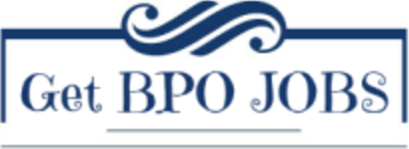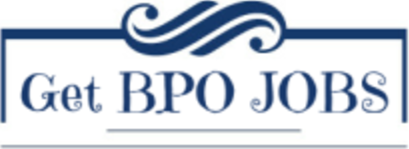
Door handles are among the most frequently used hardware in any structure. Whether in homes, offices, or commercial establishments, every entry and exit point is geared up with a door handle. However, like any other mechanism, they can wear in time or end up being harmed due to numerous factors. Hence, knowing how to repair door handles is necessary for preserving security, privacy, and aesthetics. This guide will dive deep into door handle repairs (git.numa.jku.at), supplying helpful insights on common issues, tools needed, and detailed repair procedures.
Before starting a repair, it's essential to understand the common problems connected with door handles. These include:
Loose Handles - Over time, screws may loosen up, triggering handles to wobble or be unstable.
Stuck Handles - Dirt, gunk, or misalignment can trigger handles to stick.
Broken or Damaged Mechanisms - Internal elements of the handle may break or end up being inadequate, needing replacement.
Rust or Corrosion - Especially widespread in external door handles, rust can affect functionality and look.
Locked Handles - A handle that will not turn due to a jammed lock can be a source of disappointment.
Comprehending these common issues can assist in identifying the suitable repair strategy.
Before starting the repair procedure, it's essential to gather the essential tools. Here's a list of what you may require:
Having the right tools helpful can enhance the repair procedure.
Tools Needed: Screwdriver
Tools Needed: Lubricant, Cleaning Rag
Tools Needed: Screwdriver, Replacement Parts
Tools Needed: Cleaning Rag, Lubricant, Optional Sandpaper
Tools Needed: Lubricant, Pliers
To prevent future issues, homeowners and property managers need to consider routine maintenance for door handles. Here are a few preventive tips:
Q1: Can I repair a door handle myself, or must I call a professional?A1: Many door handle repairs most convenient to repair?A2: Simpler designs, such as lever handles or knobs with few elements, are usually easier to repair compared to complex handles with integrated locking systems. Q3: How typically should I perform maintenance on my door handles?A3: It is advisedto check and maintain door handles every 6 months. This includes cleaning, lubrication, and ensuring screws are tight. Q4: How can I inform if I require to replace a door handle?A4: If the handle is severely damaged, reveals substantial rust or rust, or if internal mechanisms can not be fixed, it may be time to think about replacement. Q5: Is it worth upgrading to a higher-quality door handle?A5: Yes, purchasing a higher-quality door handle can enhance resilience, security, and visual appeal while lowering future repair needs. Door handle repairs might seem complicated, however with the right and aesthetically pleasing environment. By comprehending various repair techniques and preventive steps, house owners and property supervisors can ensure their doors operate efficiently, enabling for smooth entry and exit without inconvenience.
can be performed by a DIY enthusiast with standard tools. However, if the handle or locking mechanism is critically harmed, it may be best to speak with a professional. Q2: What kinds of door handles are
tools and understanding, most issues can be taken on with ease. Routine maintenance not just extends the life of your door handles however also adds to a safe
No Data Found!

